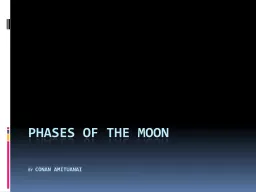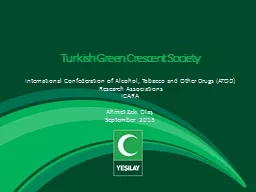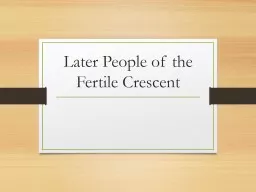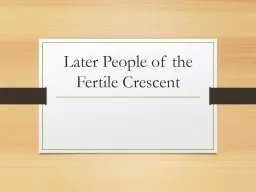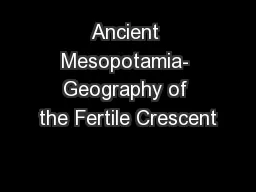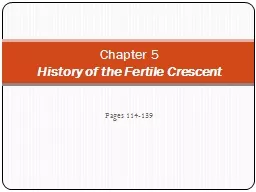PPT-Fertile Crescent
Author : ellena-manuel | Published Date : 2016-10-21
Cradles of Civilization river valleysrich soil amp irrigation 5000 BC Civilization in Fertile Crescent Mesopotamialand between 2 rivers Tigris amp Euphrates Rivers
Presentation Embed Code
Download Presentation
Download Presentation The PPT/PDF document "Fertile Crescent" is the property of its rightful owner. Permission is granted to download and print the materials on this website for personal, non-commercial use only, and to display it on your personal computer provided you do not modify the materials and that you retain all copyright notices contained in the materials. By downloading content from our website, you accept the terms of this agreement.
Fertile Crescent: Transcript
Download Rules Of Document
"Fertile Crescent"The content belongs to its owner. You may download and print it for personal use, without modification, and keep all copyright notices. By downloading, you agree to these terms.
Related Documents




